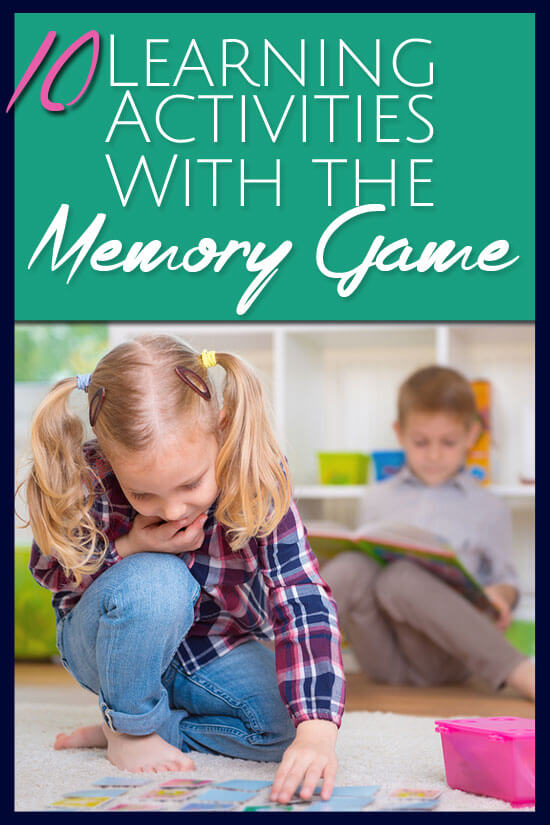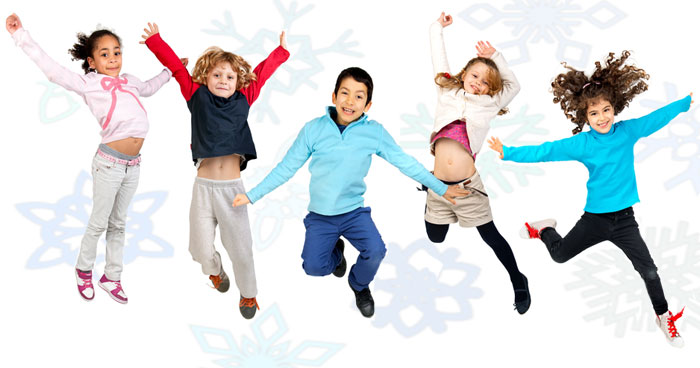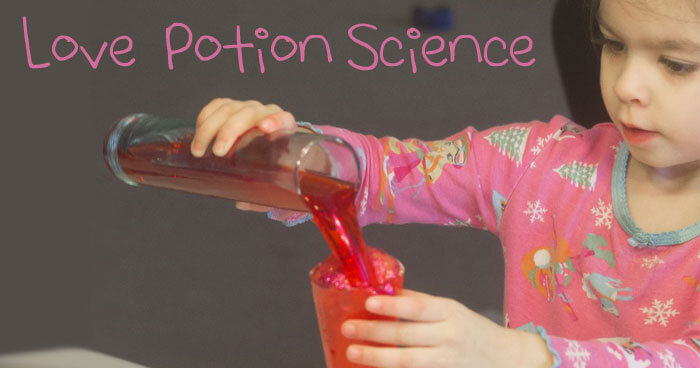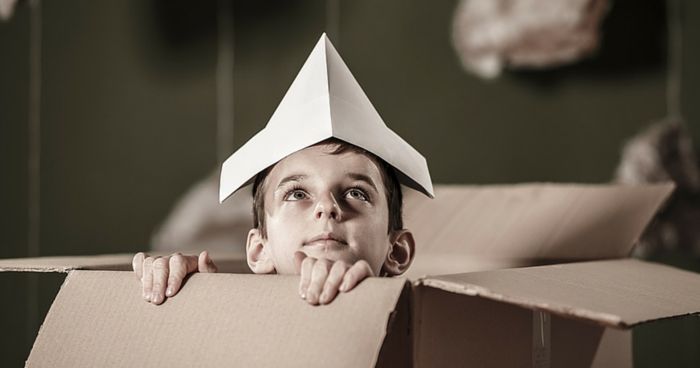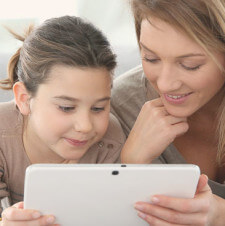10 Learning Activities With the Memory Game
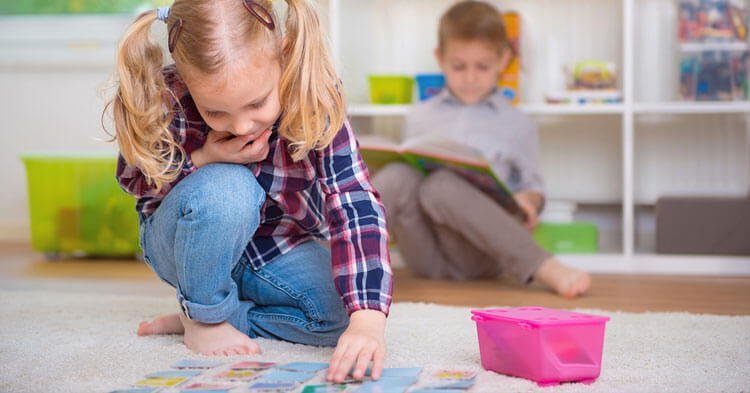
This post may contain affiliate links.
Do you remember the Memory Game from Hasbro?
You take out all the cards, place them face down, and take turns flipping them over trying to make a match. My kids love the game. It’s lots of fun, but we don’t play it very often.
The cards are so bright and colorful; I knew we could do more with them to give them more use. So, I started thinking.
I found ten new learning activities to play with the cards, and my kids love them so much! They ask to play all the time. I love getting the game out more.
I wanted to share these activities with you so that you can try them with your kids. They’re a great way to repurpose a game, so it gets even more loving.
Let’s dive in, shall we?
1. Alive/Not Alive Sort
This game focuses on a scientific concept. To play, we take one of each card match. So first we put all the cards face up and match them. Then, we take one of each and put back in the box.
Next, we flip the remaining cards over, spreading them out on the table face down.
Now, we take turns flipping over one card. The person who flipped it over picks it up and says what the picture is.
Next, that player has to decide if the object in the picture is alive or not alive. We have a pile for each and sort the cards into the piles as we play.
Continue taking turns until all the cards are sorted.
This game practices classification of objects by a single trait.
2. Tell Me a Story
To play this game, we set the cards out face up. We pick one player to go first.
That player looks at all the cards and selects 5-15 cards that catch their interest. They take their cards and place them face up in front of them.
These cards form the backbone for a story that the player will tell. He must use each card, playing it into a pile as it’s incorporated into the story.
My six-year-old and I played this game recently. She told a lovely story about a girl going on a shopping trip to the pet store, the grocery store, and the hardware store. It was fun listening to her add to her story to use the cards she selected.
Once the first story is told, put the cards back. Then have another player take a turn.
For extra fun, you can have each story-teller draw pictures about her story as well.
This game works on public speaking, creativity, and literacy.
3. Play Store
My daughter’s story about the girl going to the store inspired this game. We got out our play money and set up different “stores” on the table.
These were our stores:
- A pet store with all the animal cards
- A toy store with all the toy cards
- A grocery store with all the food
- A hardware store with all the tools
- A department store with everything else
We took turns being shopkeepers and shoppers. We made up prices and had a great time.
Money practice is always a good thing!
Your child will practice money skills with this game, and sort objects by category.
4. What Object Do I Have?
This game is like 20 Questions. To begin, put all the cards into a bowl. Have one person close her eyes and grab one card out.
That player looks at the card, being careful not to show it to the other players.
Now, the other players begin asking yes or no questions about the card, trying to decide what it is. The player with the card answers each question.
Play continues until the players either guess the object or give up. To begin another round, select another player to draw a card.
Here are some sample questions to get you going:
- Is the object blue?
- Can I eat the object?
- Do we own one?
- Is the object bigger than our car?
- Can I sit inside the object?
- Can I fit the object in my pocket?
- Is the object alive?
This game enhances critical thinking skills.
5. Card Toss
Set a large bowl in the middle of the table. Use a piece of masking tape to make a line on the floor a few feet back.
Each player takes turns tossing a card, trying to get it into the bowl.
When all the cards are thrown, pick up all the ones that missed. Try tossing those in again.
Tossing cards help your child’s motor skills and aim to develop.
6. Category Sort
Once your child learns to play this game, it’s a perfect solo activity for those moments when you’re cooking dinner or need a few moments for a task. Just get your little one started first.
Lay out all the cards face up.
Have your little one look for cards that would go together. They might see the hippo and the bunny and decide to make an animal pile.
Encourage them to look for other animals to add to the pile. Then, have them pick a new category to work on.
Continue until all the cards are sorted into categories.
Being able to sort objects by a common trait is an essential skill. By sharing what categories the cards are sorted into, your child will practice communication skills.
7. Charades
The large, kid-friendly pictures on the Memory Game cards are perfect for a game of Charades. First, sort the cards and place one of every matched set into a bowl. Put the rest back into the box; you won’t be using those.
Select one player to go first. That player closes his eyes and draws a single card out.
Once the player has looked at the card, he begins to act out the word.
The other players work together to guess what object the player is acting out. They shout out ideas as they think of them.
When players guess the correct object, another player takes a turn acting.
Motor planning is required for this game, as is critical thinking.
8. Go Fish
The first time we played this game, we used only half the cards. I thought it worked out better than when we tried it with all of them. But, the kid liked how the game went longer when we used them all, so use your best judgment when you play!
Shuffle the card tiles and place them face down in a stack in the middle of the table.
Give each player five cards. The players remove any matches from their hands and place them face up on the table in front of them.
The youngest player goes first, asking one player for a card to make a match. If she wants a hippo, she’d ask another player, “Do you have a hippo?”
If the player has a hippo, she hands it to the asking player. The player then makes the match, places the matching face up on the table, and takes another turn.
If the player doesn’t have a hippo, she says, “Fish” and the player draws a card from the stack.
If one player runs out of cards, give him a few more from the stack. Play continues until all cards find a match. The person who made the most matches wins.
Matching, communication skills, and taking turns are emphasized in this fun activity.
9. Initial Sound Practice
If your little one knows his letters, this is a great game to play. You pick up a card and ask your child what sound the word starts with. If the picture is a hot dog, your child should say, “h.”
Continue as long as your child’s attention is held.
Practicing identifying the first sound is an important phonemic awareness skill, and helps with reading prep.
10. Creating Your Own Cards
This activity requires a bit of prep work. You’ll have to use index cards or white construction paper and cut several pieces into the Memory Game card size. Once you cut your cards, you’re ready to begin.
Ask your child what objects they wish were in the game. Let them brainstorm a few ideas.
Hand your child two cards, and ask him to draw a matched set of one object.
While your child draws, work on your set of matching cards. Be sure you both color the cards.
When you’re both finished, share the cards with each other. If you make a couple more sets, you’ll be able to shuffle them into the original cards and add them to gameplay.
Since they’ll be a different texture than the originals, you’ll want to have several sets, so the matches aren’t obvious.
This activity works on drawing skills, copying to make a duplicate, and coloring.
READ MORE IN THE PLAYROOM
This post was syndicated with permission to BonBon Break Media LLC.


